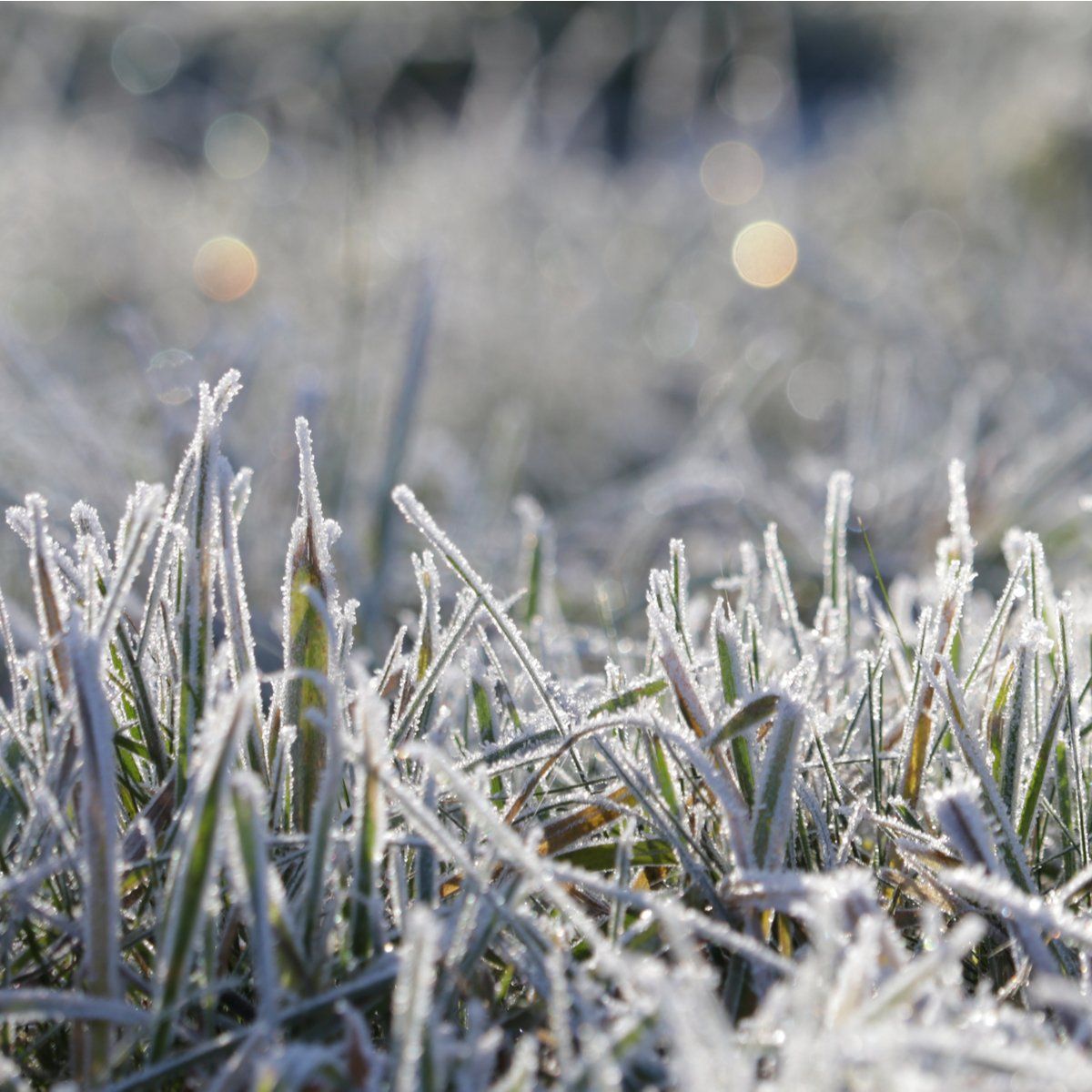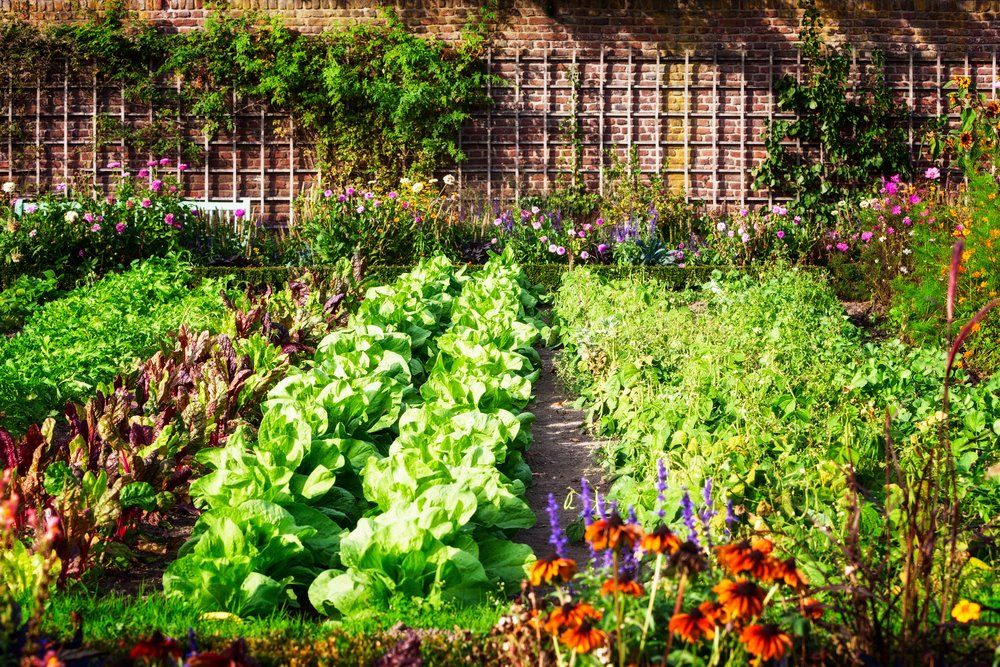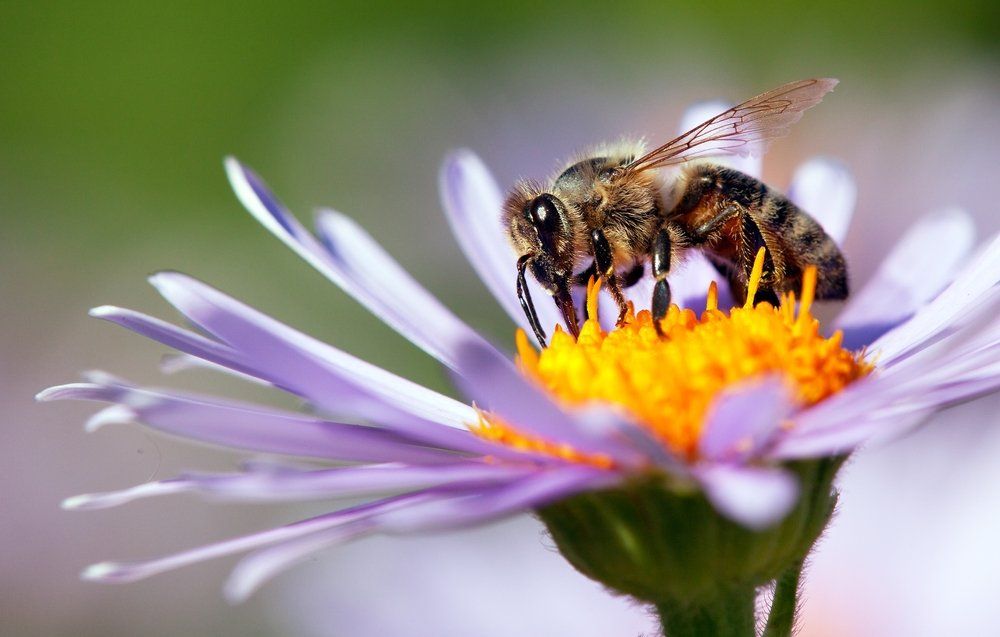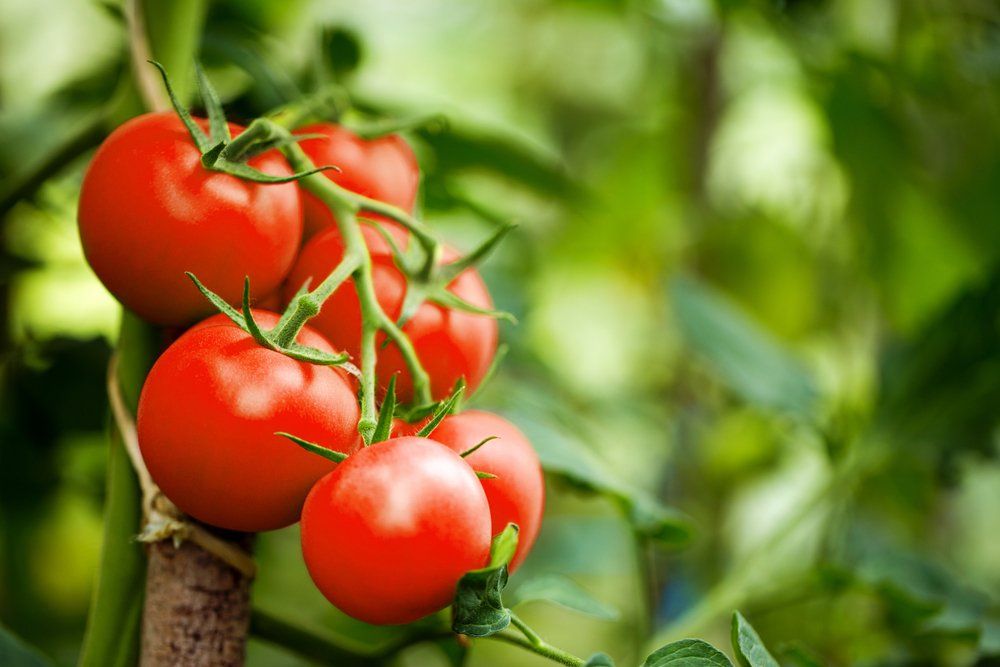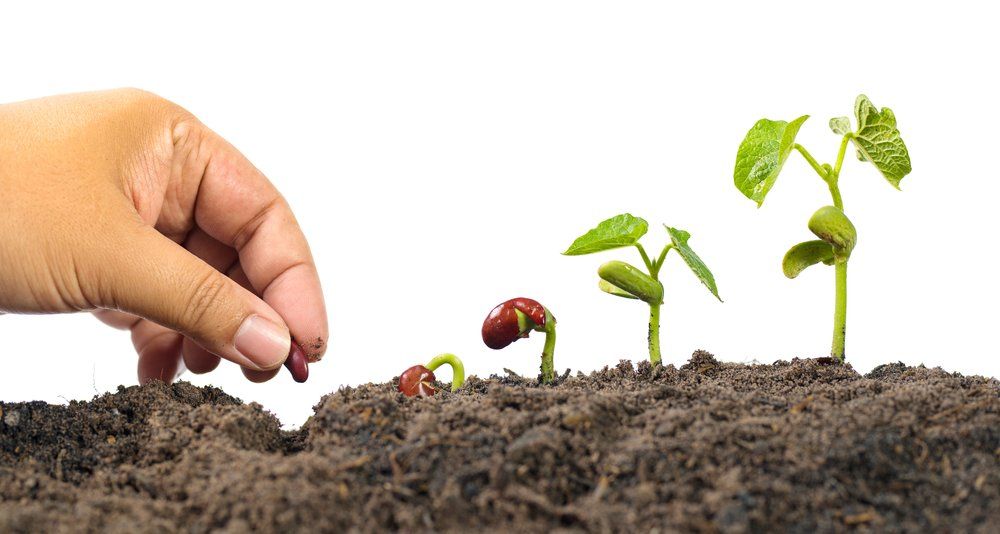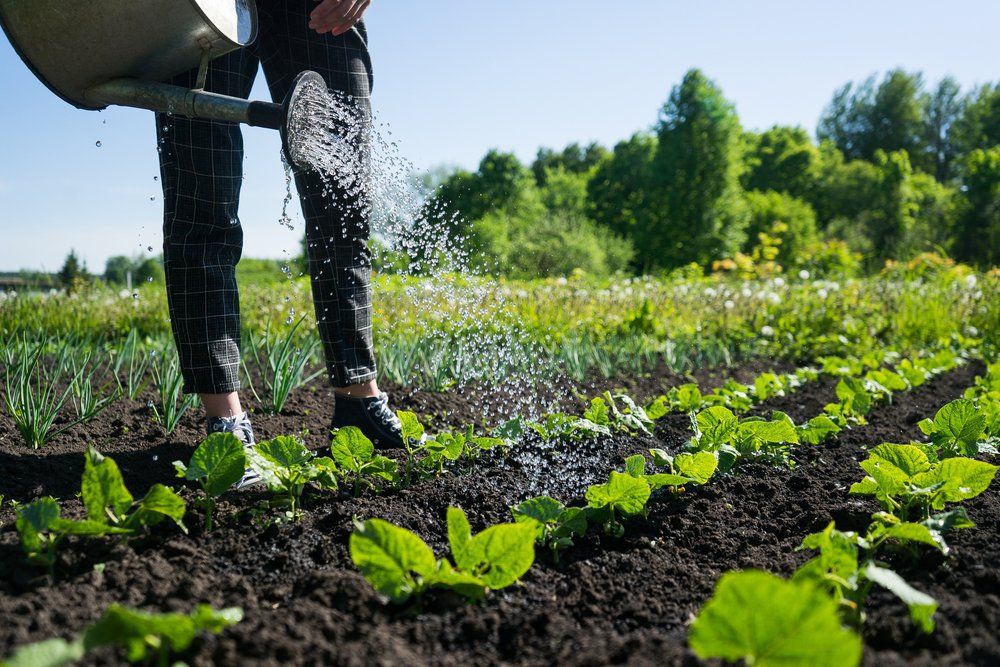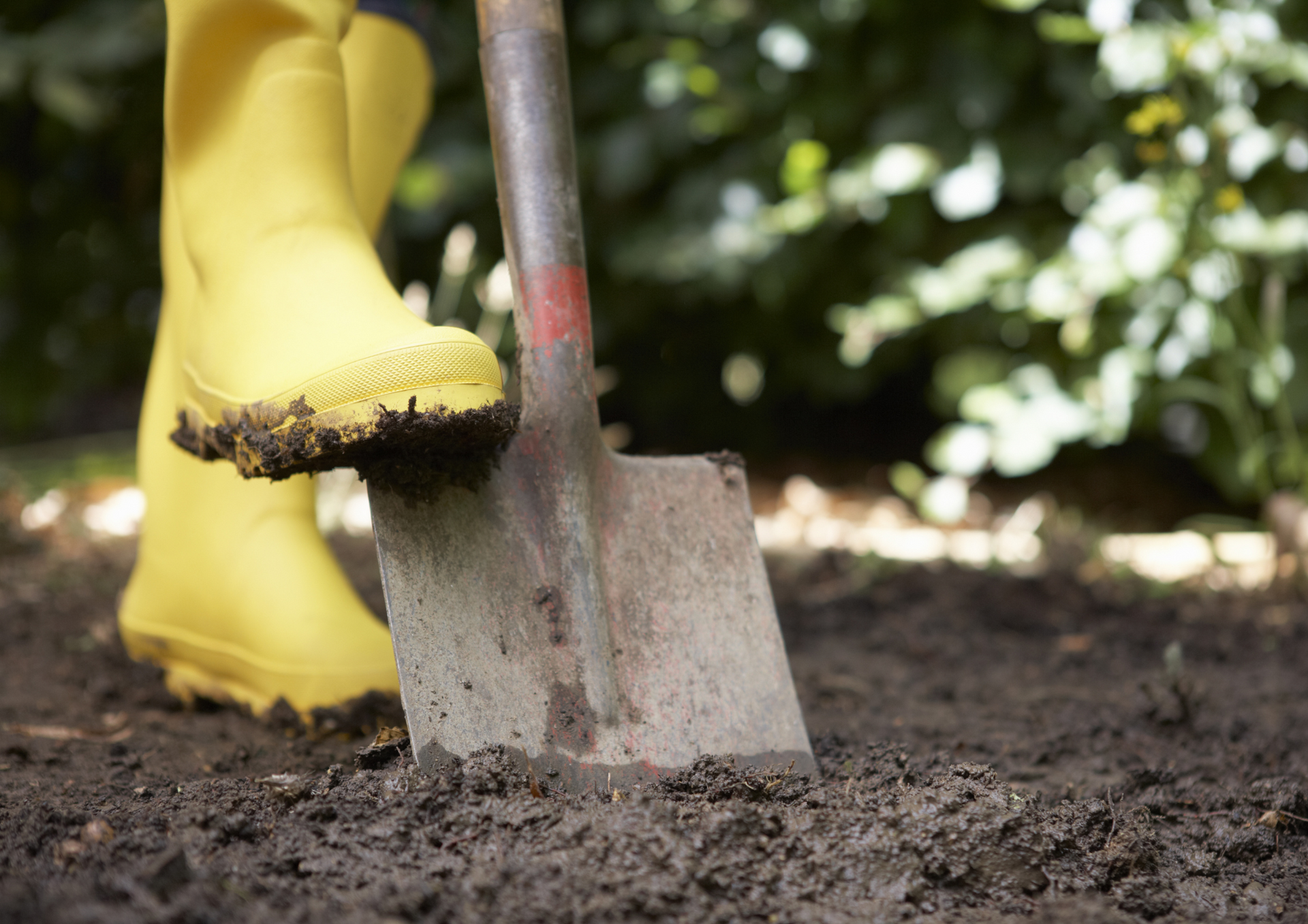Preventing bitter lettuce
I am sure that every gardener has experienced the unpleasant taste of bitter lettuce leaves during their gardening journey. Lettuce is one of the easiest plants to grow, however it also tends to change from sweet and juicy to bitter quickly.
So, how can we prevent this and grow fresh tasty lettuce for our summer salads?
Interestingly, lettuces are cool climate plants although we tend to grow them during the warmer months of the years. Heat is the first culprit when it comes to bitterness as temperature change causes the lettuce to want to start to seed which is characterised by a plant with hard inner leaves.
To avoid heat stress plant your lettuces in a semi-shaded spot in your garden. If you live in a hotter area of New Zealand, you may wish to consider planting your lettuces in the cooler months of the year such as spring or autumn and avoid mid-summer.
Lettuces need plenty of water and moist soil, along with a good supply of nutrients such as nitrogen. Take care not to add too much nitrogen though as this can cause rapid growth with lots of large outer leaves and no heart. This is particularly important with Iceberg lettuce and some leafy varieties.
To boost the soil nutrients, you can add a sprinkle of Earth Zing to the soil when you plant out your lettuce seedlings. Maintain a regular planting programme starting in spring if you want a regular supply of nice fresh tasting lettuces throughout the warmer months.
Pick leaves off as the plant grows for salad bowls and remember to pick the whole lettuce before it gets too mature, otherwise it will become bitter.
To recap: the basic rules for growing tasty, fresh lettuces are frequent watering, good nutrients, and cooler temperatures. Discard any plants with hard centres or yellowing leaves.
Tips for picking lettuce
Pick lettuce in the morning as it will have recovered from the sun overnight. Water your plants in the evening to help with this.
Place your leaves in a bowl of cold water for about 10 minutes, then dry and place in the fridge for a few hours before eating.
Lettuce can go from bitter to sweet after a good downpour of rain so if you suspect that your lettuce may have turned bitter pick it after a shower of rain.
See you next month,
